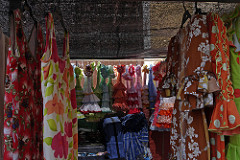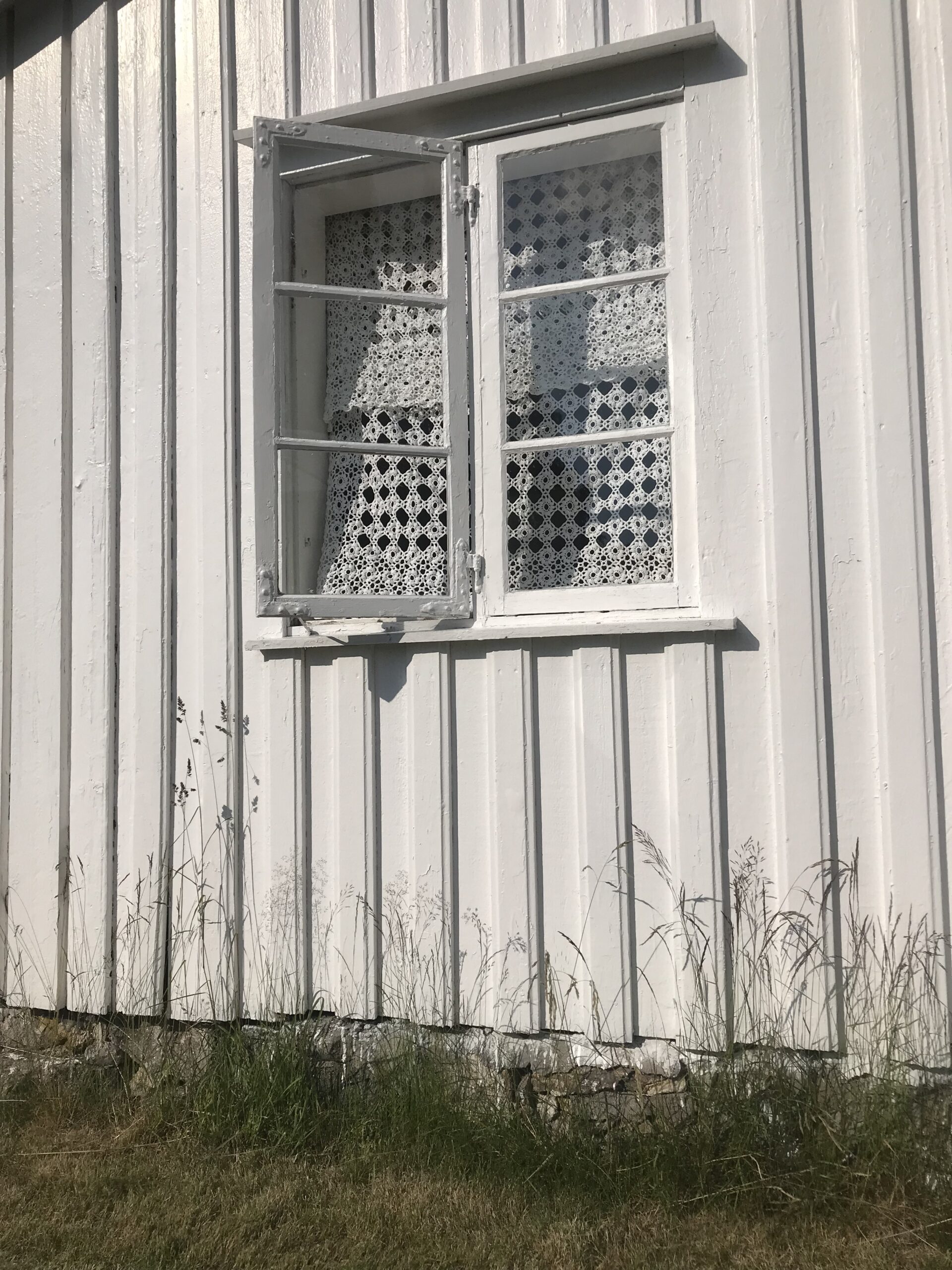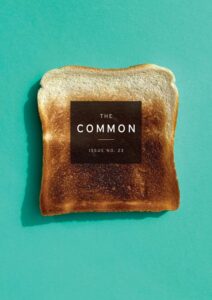By NORMAN LOCK
Fluent in the languages of unnatural death, Luis Boscán set down on thick paper the confessions of the Spanish damned while, outside the cruel chamber furnished ingeniously with instruments of torment, the fountains of Seville produced liquid acanthus leaves to the sound of castanets. Had he been otherwise than agony’s faithful amanuensis in the service of the auto de fé, he might have written liras to the woman in the silk bazaar (the whiteness and elegance of whose neck reminded him of a swan’s) with a calligraphy derived from limpid columns of water. But the Latin’s stern characters—barbed and black—with which he compiled for the Inquisition its savage history had murdered all desire, as light pulsing in veins of water might grow dark with the soot of the dead.
Norman Lock has written novels and short fiction as well as stage, radio and screen plays.
Click here to purchase Issue 03




